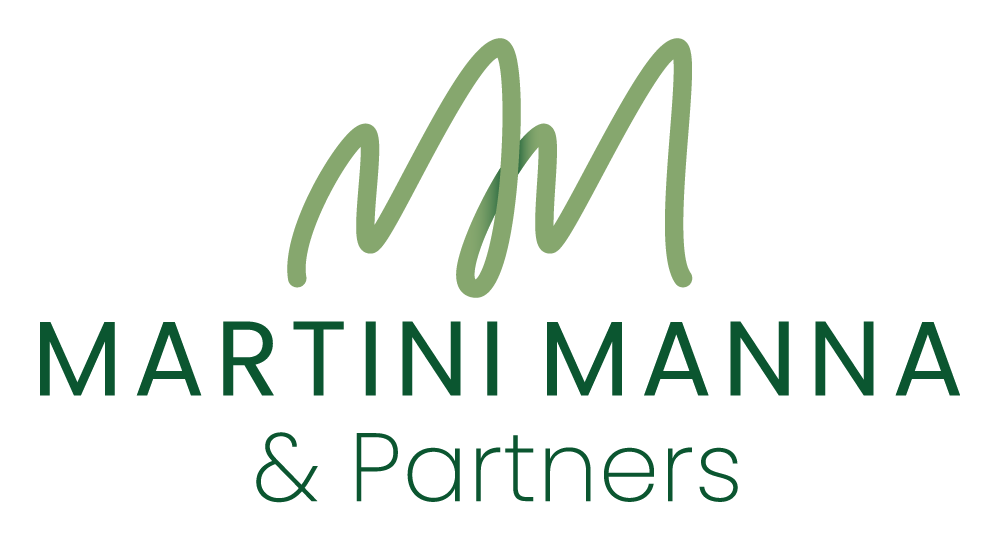The new Italian law on artificial intelligence
With Law no. 132/2025 of 23 September 2025, published in the Official Gazette no. 223 of 25 September 2025 and in force as of 10 October 2025, Italy is the first EU Member State to complement Regulation (EU) no. 2024/1689 (the “AI Act”) with a comprehensive national framework on artificial intelligence (“AI”).
Below are the most significant highlights:
Article 1 of the Italian Copyright Law is amended by adding the underlined parts: “creative works of human intellect […] are protected under this law, regardless of their mode or form of expression, even when created with the aid of artificial intelligence tools, provided that they constitute the result of the author's intellectual work”. This confirms the European approach that only those elements of works created with AI that are the result of genuine human creativity, the true focus of copyright protection, are protectable, leaving open the question of the protectability of works produced entirely by AI.
Article 70-septies of the Italian Copyright Law is added, which provides that “reproductions and extractions from works or other materials contained in networks or databases to which one has legitimate access, for the purpose of extracting text and data through artificial intelligence models and systems, including generative ones, are permitted in accordance with the provisions of Articles 70-ter and 70-quarter”. These two provisions allow, respectively:
“reproductions made by research organisations and cultural heritage institutions for scientific research purposes […] as well as the communication to the public of the results of the research where expressed in new original works”;
reproductions and extractions by all other potential users, including private individuals, “when the use of the works and other materials has not been expressly reserved by the holders of copyright and related rights or by the owners of the databases”.
This means that text and data mining (“TDM”) using AI systems is allowed when there is legitimate access to the works used, but the owners of the rights to those works can still opt out, excluding their protected works from TDM activities. The wording of the new provision does not appear to limit TDM activities solely to the training of AI systems, as provided for in the AI Act (recital 105), but seems to potentially allow them for broader use cases, such as memorisation in Large Language Models or the use of Retrieval Augmented Generation. This approach could have a significant impact on the development of AI systems, as it would allow the use of large volumes of data from constantly updated sources.
The new letter a-ter) is added to Article 171 of the Italian Copyright Law, which punishes with a sanction ranging from € 51,00 to €2.065,00 anyone who, without being entitled to do so, “reproduces or extracts text or data from works or other materials available on the internet or in databases in violation of Articles 70-ter and 70-quater, including through artificial intelligence systems”, thus extending the scope of criminal liability for such conduct even when carried out using AI tools.
The processing of personal data in the development of AI systems for healthcare and research purposes, both in the public and private sectors, is considered to be in the public interest. Furthermore, the secondary use of such data, stripped of direct identifiers, is permitted without the need to obtain new consent, provided that adequate information is provided, including through online publication. The requirement that data be stripped of direct identifiers is excluded only in cases where knowledge of the identity of the interested individuals is unavoidable or necessary for the purpose of protecting their health. In any case, processing for the purposes of anonymisation, pseudonymisation or creation of synthetic data is permitted, subject to the ethical opinion of the competent committees and online information, to be communicated to the Italian Data Protection Authority.
With regard to employment, it is clarified that AI may only be used to improve working conditions, while respecting dignity, health and privacy. Employers must also inform employees in advance of the use of AI systems.
In intellectual professions, professionals must inform clients about the AI systems used, using clear, simple and comprehensive language.
In public administration, AI can be used to increase efficiency and service quality, while ensuring transparency, traceability and adequate technical, organisational and training measures. In the justice sector, the use of AI systems is permitted, but every judicial decision remains the sole responsibility of the judge, who is responsible for interpreting the law, evaluating the evidence and adopting measures.
It is established that disputes relating to the use of data, algorithms and mathematical methods for training AI systems, as well as the rights and obligations of the party intending to proceed with such use, shall be referred to specialised IP courts.
New provisions are introduced into the Italian Criminal Code to punish the unlawful use of AI systems. Specifically, these include a common mitigating factor (Article 61 no. 11-decies), applicable when the offence is committed through the use of AI systems employed in an insidious manner, and a special aggravating factor (Article 294) for offences against the political rights of citizens, where deception is carried out through the use of AI systems. Of particular interest is the introduction of the new offence provided for in Article 612-quater of the Italian Criminal Code, relating to the unlawful transfer, publication or dissemination, without consent, of images, videos or voices falsified or altered through the use of AI systems (so-called “deepfakes”), capable of misleading others as to their authenticity.
